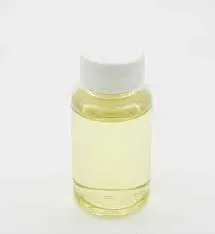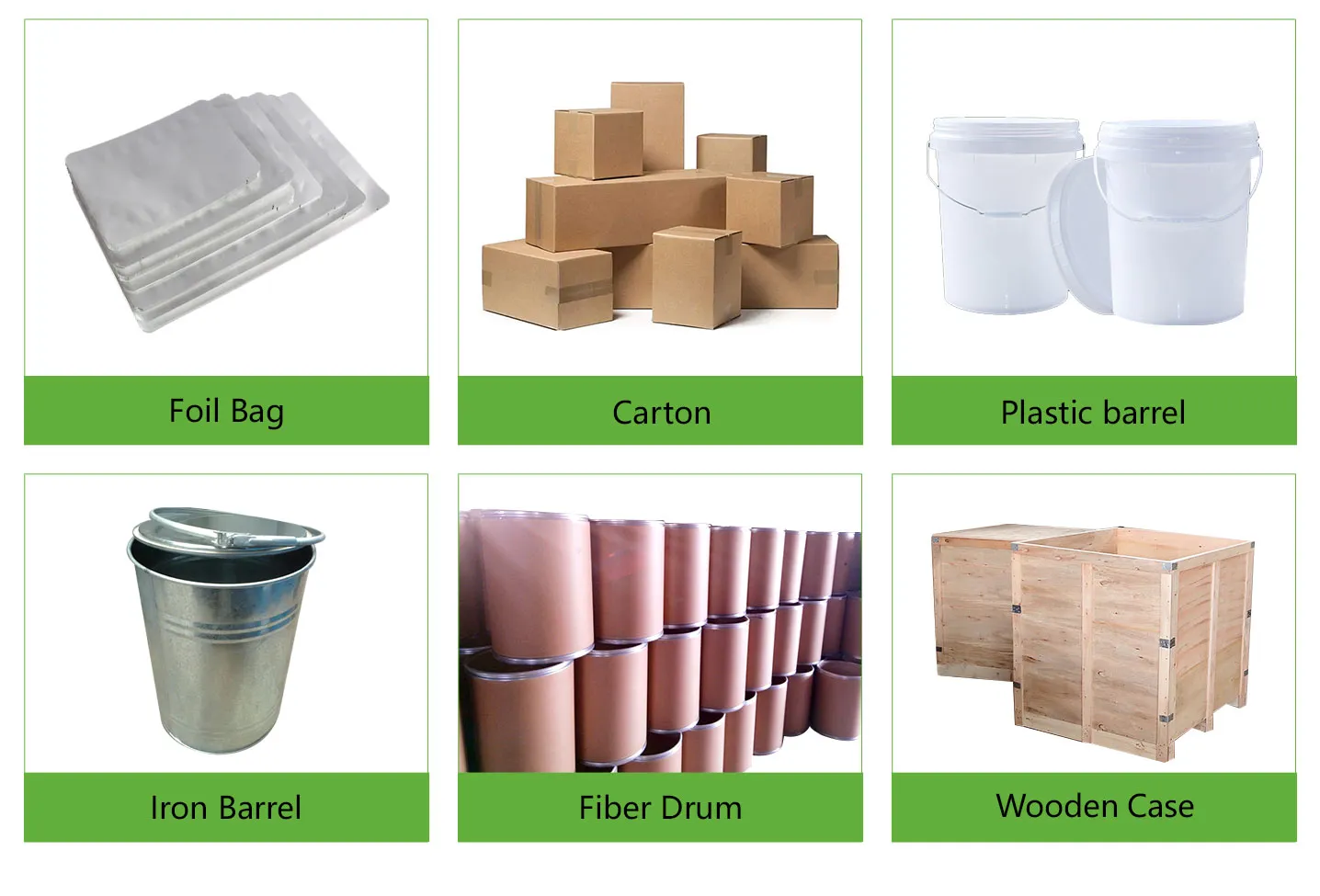Overview of Surfactants :
Surfactants are compounds that lower the surface tension (or interfacial tension) between two liquids, between a gas and a liquid, or between a liquid and a solid. Surfactants can be used as cleaning agents, wetting agents, emulsifiers, foaming agents or dispersants, etc.
What are the four types of surfactants?
There are four types of surfactants and each type is briefly described below. These classifications are based on the polar component of the head group: nonionic surfactants, anionic surfactants, cationic surfactants, and amphoteric surfactants. The head of nonionic surfactants does not contain charged groups. The head of an ionic surfactant has a net charge.
Surfactants are one of many different compounds that make up detergents. They are added to remove dirt from skin, clothing and household items, especially in kitchens and bathrooms. They are also widely used in industry. The word surfactant is derived from surfactant.

Application of surfactants:
Surfactants are the main components of cleaning agents. Surfactant refers to surfactants. As the name suggests, surfactants activate the activity of the surface you're cleaning, helping to trap dirt and remove it from the surface.
Company profile
Synthetic chemical has been dedicated to surfactants for ten years and is a professional company with supply and marketing integration. The company has a professional technical department and quality supervision department, a well-equipped laboratory with advanced testing equipment, and an after-sales customer service center.

Storage conditions
1) Maintain a dry area at the temperature of room.
2) Avoid high and damp temperatures.
3) Utilize immediately following the opening of the bag inside.
Payment methods
L/C, T/T, Western Union, Paypal, Credit Card etc.
Shipment
By sea, by air, by express, as customers request.

FAQ:
Q1:
Which products use surfactants?
Re:Detergents: such as washing powder, liquid detergent, tableware detergent, etc.
Cosmetics: such as shampoo, conditioner, hair lotion, hair gel, moisturizing lotion, toner, facial cleanser, hair dye, etc. Nonionic surfactants are often used as emulsifiers, penetrants, and solvent enhancers in cosmetics.
Food: Surfactants can be used as food additives to improve the taste, color, stability, etc.
Industrial products: additives in the textile industry, paints, pigments, plastic resins, leather, oil mining, building materials, mining, energy, and other fields.
Q2:
What do surfactants do?
Re:Emulsification: Due to the large surface tension of the oil in the water, when the water drops the oil, stir it vigorously. The oil is crushed into beads and mixed to form an emulsion, which is the emulsification effect. Emulsification is widely used in coating, ink, fabric, paper making, cosmetics, and other industries.
Wetting: The wetting process is closely related to the surface and interface properties of the related phase, so the surfactant must show its role in this process. Wetting is widely used in detergents, cosmetics, pesticides, etc.
Dispersion: Dispersion refers to the fact that the surfactant can divide the polymer of solid particles into extremely small particles and evenly disperse the dispersion or suspension formed in the lotion. This effect has many applications in paint, ink, paper, cosmetics, and other fields.
Foaming: Surfactants can be used to clean and foam products such as bath liquids, shampoos, hand sanitizers, and toothpaste. Foaming is due to the surfactant forming foam in the solution so that the solution has a better cleaning effect.
Q3:
What are the categories of surfactants?
Re:According to their molecular structure, surfactants can be divided into ionic and nonionic surfactants. Ionic surfactants can be subdivided into cationic surfactants, anionic surfactants, and zwitterionic surfactants according to the type of ions generated by their hydrophilic groups. Nonionic surfactants have no charge, and their hydrophilic groups mainly comprise a certain number of oxygen-containing groups (such as hydroxyl and polyoxyethylene).
According to the different sources, surfactants can be divided into synthetic, natural, and biological surfactants. Synthetic surfactants are synthetic and have stable physical and chemical properties. Natural surfactants come from nature, such as phospholipids, proteins, etc. Microorganisms produce biosurfactants and have special structures and functions.
According to the different process efficiency, surfactants can be divided into emulsifiers, stabilizers, dispersants, foaming agents, defoamers, wetting agents, etc. These classifications are based primarily on surfactants' role in a particular application.
Q4:
Which is more common: cationic or anionic surfactants?
Re:Anionic surfactants are the most common surfactants, accounting for 56% of total surfactant production, much higher than cationic surfactants. The anionic surfactant has good washing, emulsification, dispersion, and other properties and is widely used in detergent, cosmetics, food, petroleum, textile, and other fields. In contrast, cationic surfactants are not easily combined with water molecules due to their strong molecular attraction, so they are rarely used in daily life and industrial production.
Q5:
What can be done to reduce the harmful effects?
Re:Choose low-toxicity, low-irritant surfactants: When buying detergents, cosmetics, food, and other products, you can choose those labeled "low irritant," "no added," and other words of the product; these products usually use mild surfactants, less adverse effects, on the human body.
Avoid prolonged heavy contact: Minimize contact time with surfactant products, such as wearing gloves when using detergents and avoiding direct hand contact. When using cosmetics, pay attention to the amount and frequency of use, and do not overuse.
Pay attention to individual constitutional differences: Everyone has a different constitution and sensitivity to surfactants.
Rational use and disposal of surfactants: Use products containing surfactants correctly according to the product instructions, and do not arbitrarily increase the amount or frequency of use. When dealing with products containing surfactants, such as wastewater from detergents and empty bottles of cosmetics, they should be properly handled under relevant regulations to avoid environmental pollution.


